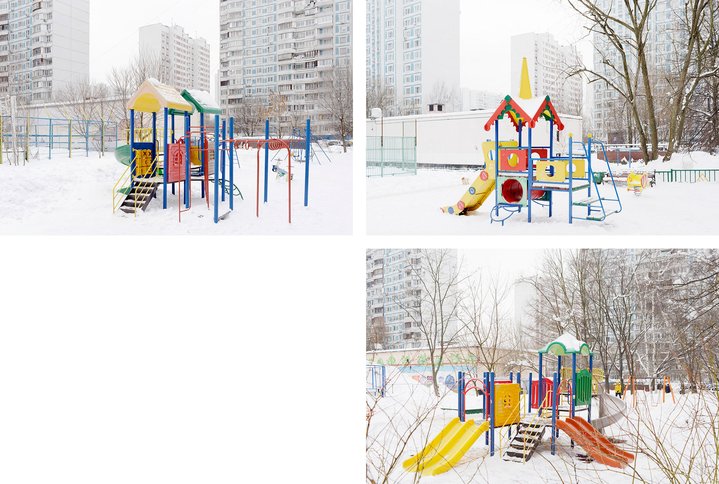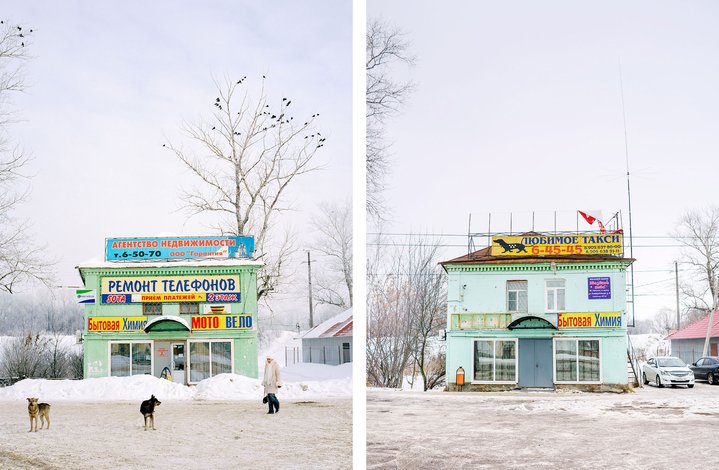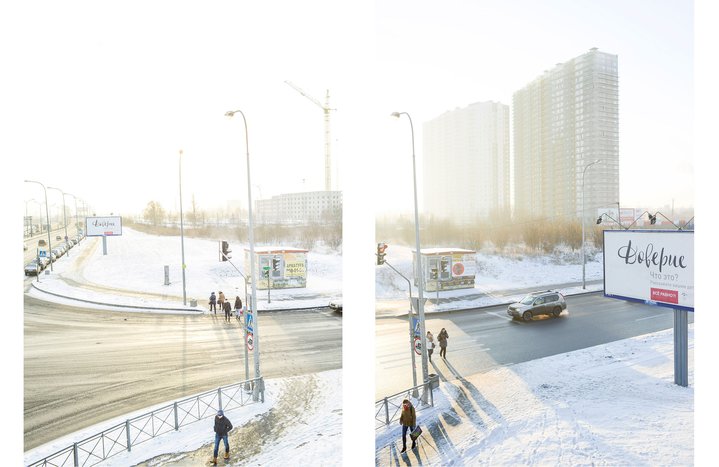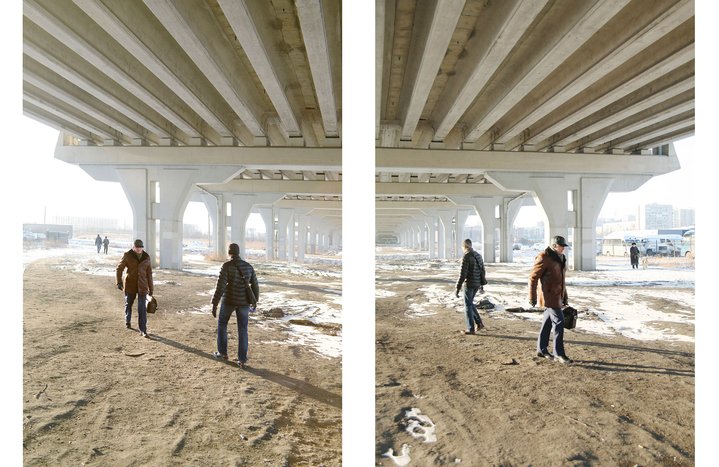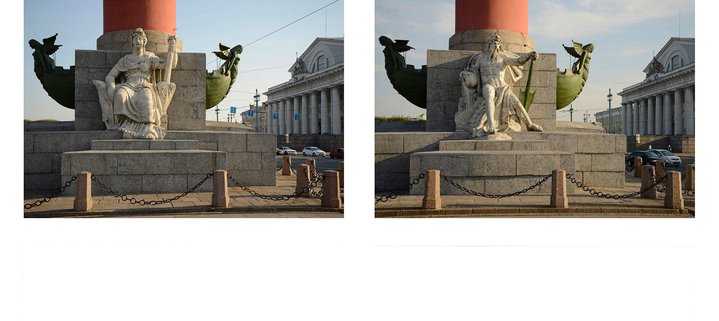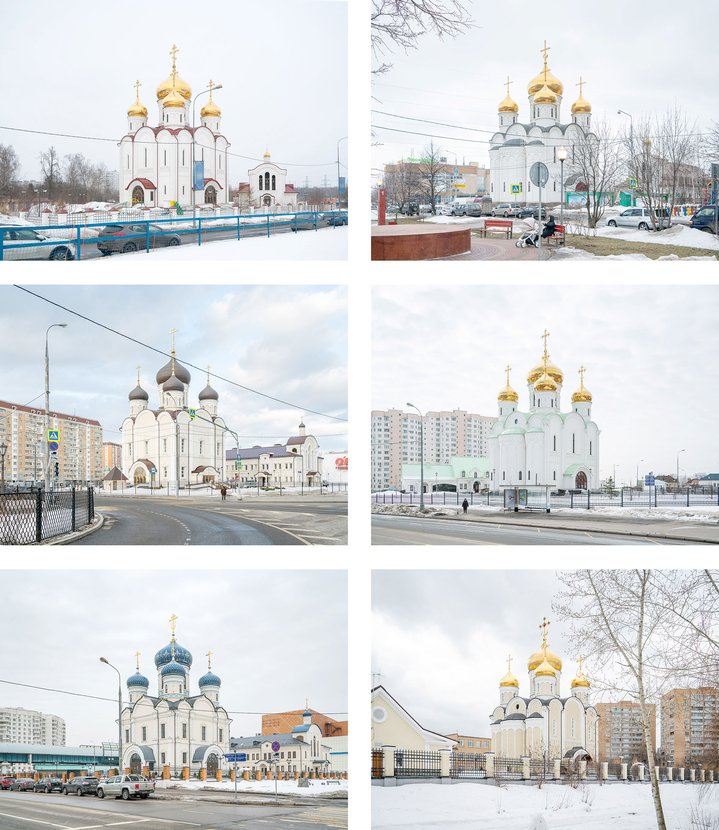Alexander Gronsky: master of dichotomies
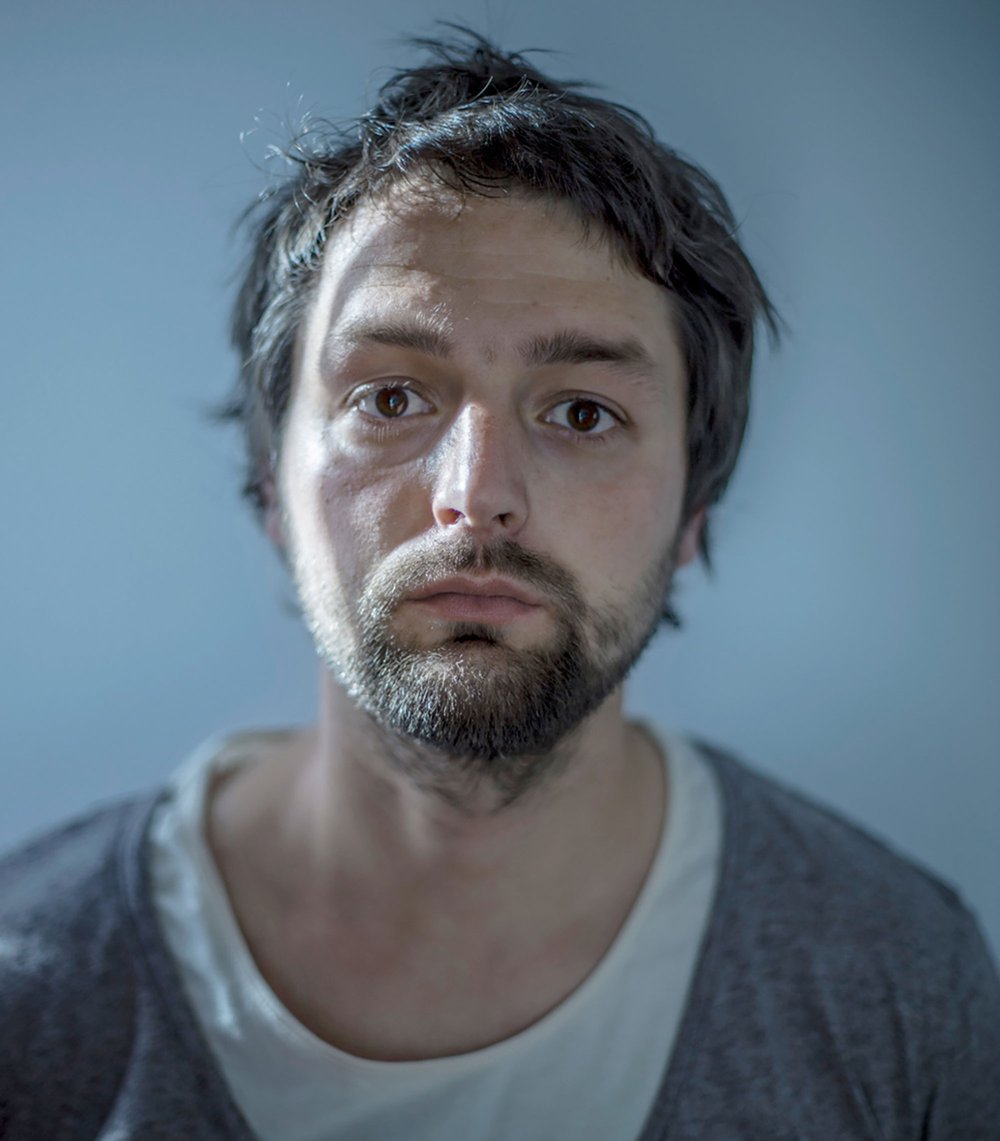
A Russian photographer with a piercing eye manages to find unexpected beauty in desolate, forgotten corners of big cities. His solo exhibition is now on display at Moscow’s Pennlab gallery.
Over the past fifteen years, Alexander Gronsky (b. 1980) has made a name for himself as the master of the “borderline zone”. His photographs are lyrical shots of those liminal lands in which the urban trace blends with the wasteland, the periphery of the megalopolis (The Edge, Pastoral I and Pastoral II), as well as the remotest regions in the vast territory of the largest country on the planet, areas with a population density of less than one person per square kilometere (Less Than One), surrounded by interminable darkness for about two months each year (Endless Night) or constant daylight (Norilsk).
Gronsky is the master of dichotomies (the urban versus the rural, the organized versus the wild, human scale versus vastness, and so on), even when history takes over geography, as it is the case with his series ‘Reconstruction’, about battle re-enactments in Russia and the Ukraine, where staged versus real is the dominant confrontation. Sooner or later, there comes a time in an artist’s career when maturity requires them to take stock. Gronsky has done this by working at what he calls “photographic charades”: photographic polyptychs showing “repetitive urban patterns” which engage the viewer in a guessing game of similarities and differences, but most of all, provoke the baffling question: “Is it the same place?” These charades, the result of seemingly endless research which he started over 15 years ago and explored more than 450 locations, are currently exhibited under the simple yet fitting title ‘Time and Place’ at Pennlab Gallery in Moscow.
Landscape, as always in Gronsky’s work, is the leitmotif. As the artist points out, beginning with Pieter Bruegel, landscape is the true witness of how complicated is the world in which we live. Whereas in past series, the landscape was the carrier of eerie beauty and the background of a certain melancholic condition of life, here it acts as the stage for short stories in which there is no before and after, but uniformity and uniqueness are caught in a perennial struggle. The aftertaste of these confrontations is the Soviet paradox of building national identity through uniformity. In fact, it is almost impossible to tell from the building in a picture taken in the outskirts of a big city if it is Moscow, Yekaterinburg, or, let’s say, Ufa.
Gronsky’s extensive experience as a photographer working for magazines has taught him that in the rational world of popular press, a photograph has no meaning until a caption has been placed under it. Unquestionably, the contemporary art space works under different rules. The caption validating the photograph in this case is not to be found in the labels accompanying the work. It is of a totally different nature: it is the game that the viewer plays in his/her mind when comparing and contrasting the details in the photographs in each series. As expected, the answer to the question: “is it the same place?” is not given. At the end of the day, admits the artist, art is always some sort of séance, a supernatural activity, even if the mystery is conveyed by the bare, unmediated reality captured by the photo camera. It is for this reason that, probably, the exhibition includes a set of light boxes each showing an abstract picture resulting from the overlapping of nine different locations. The mystery here is even deeper, as if to state that there is no beginning or end in the way the charades must be played. If anything, this could be taken as a new starting point.






